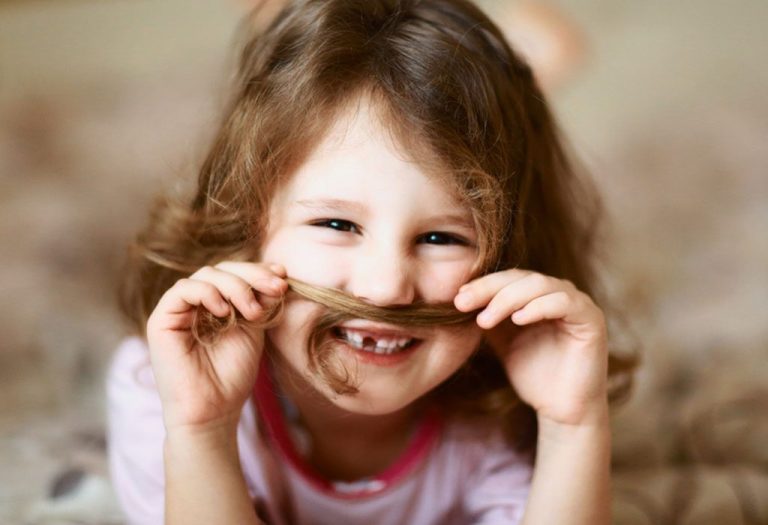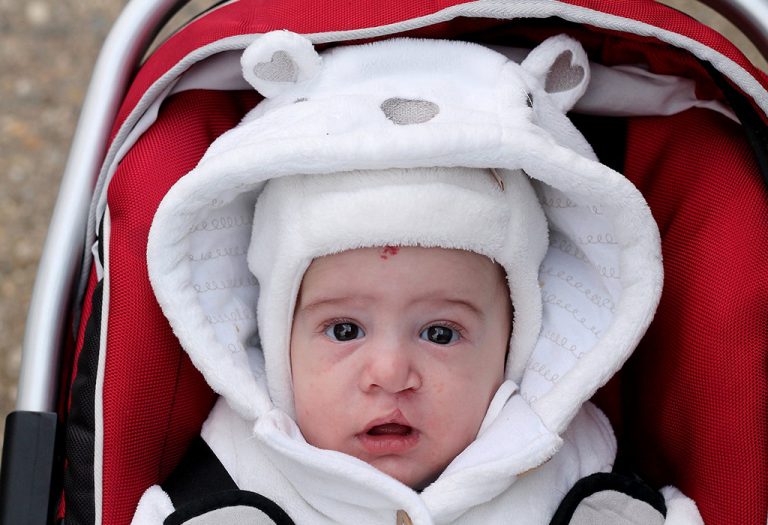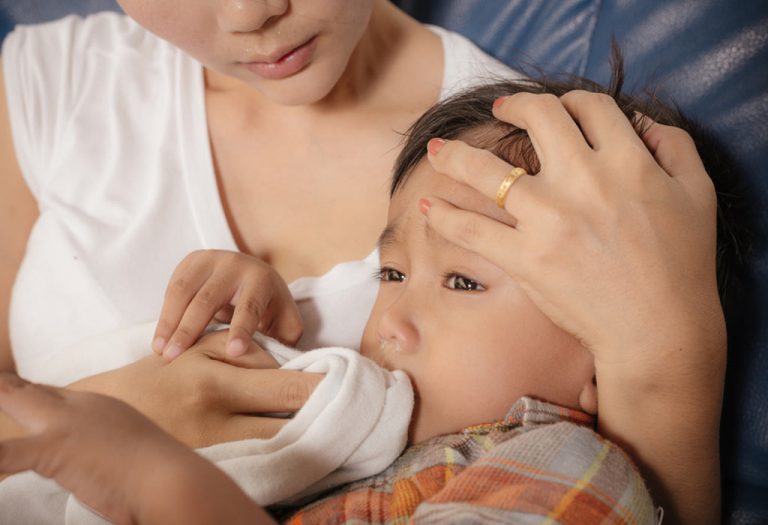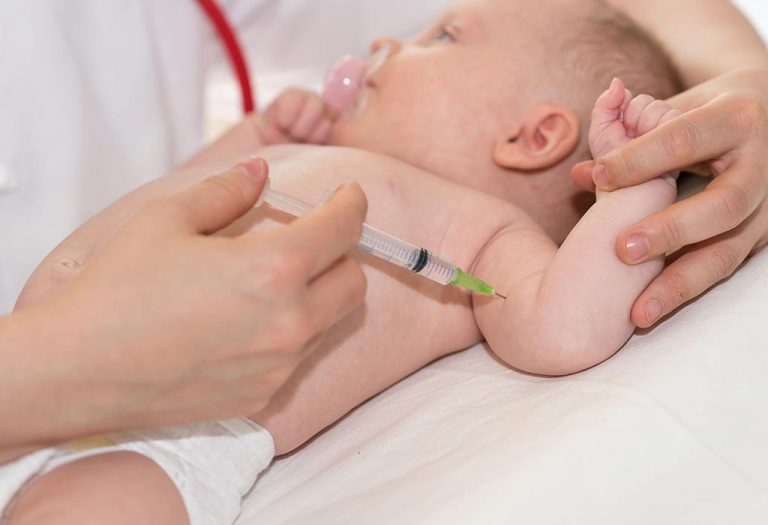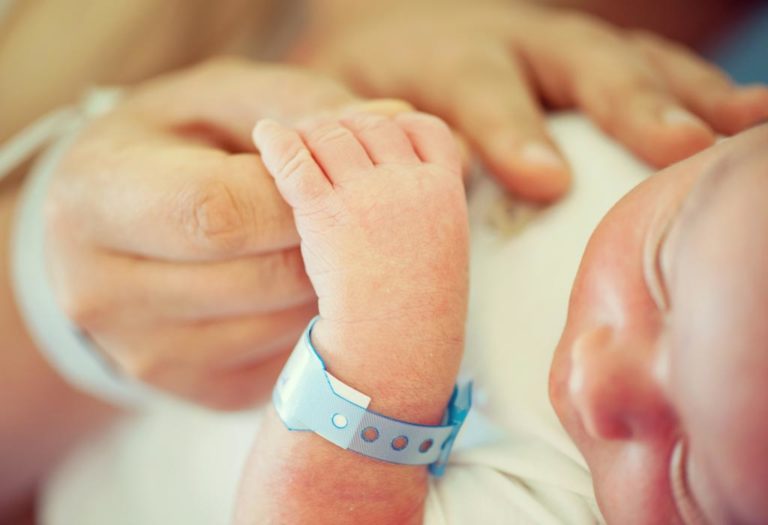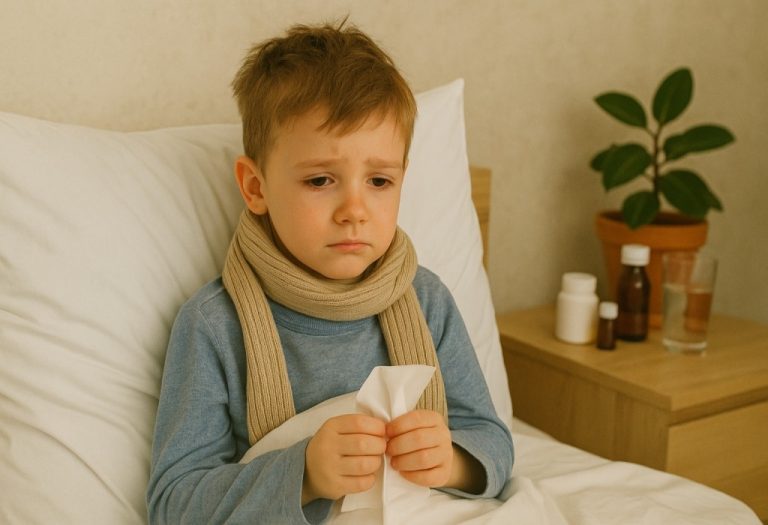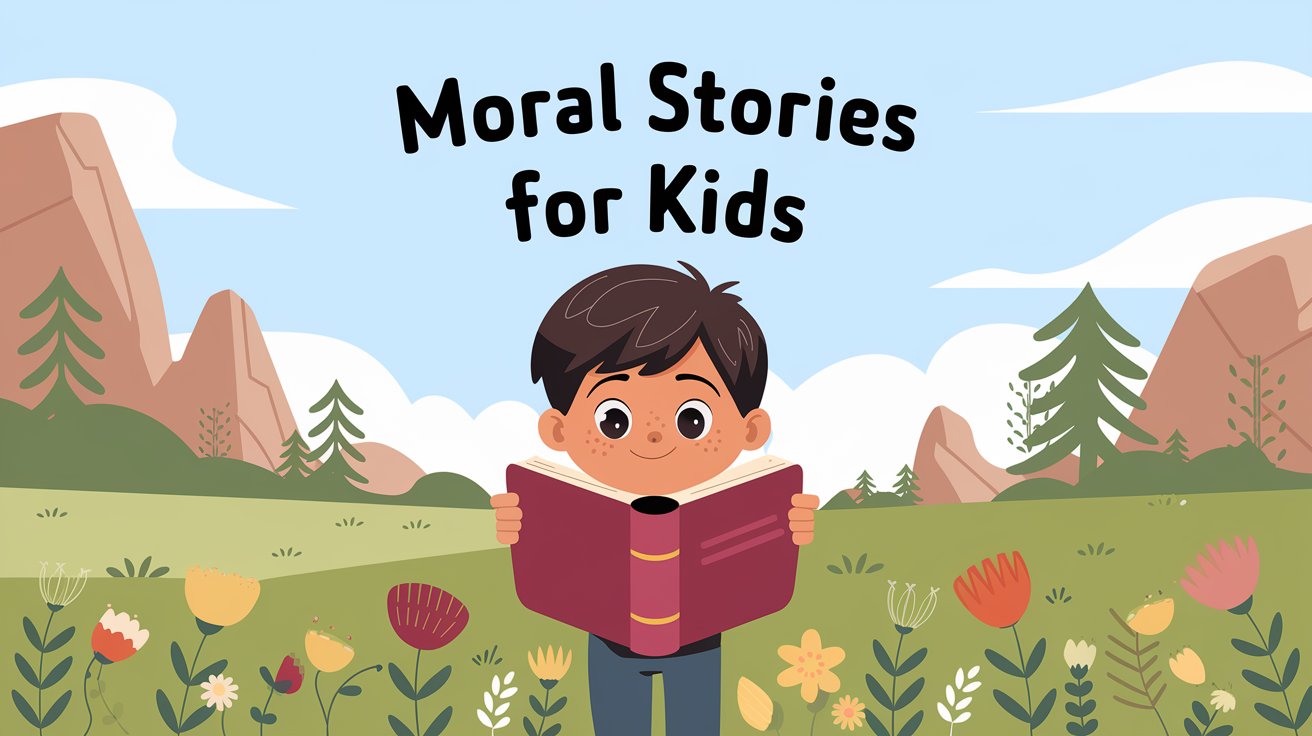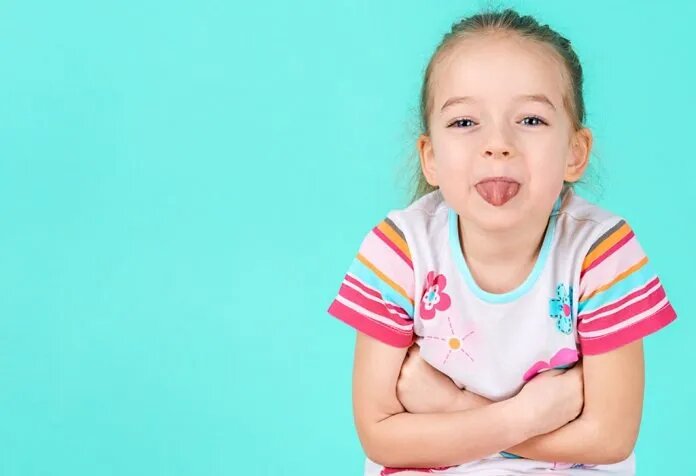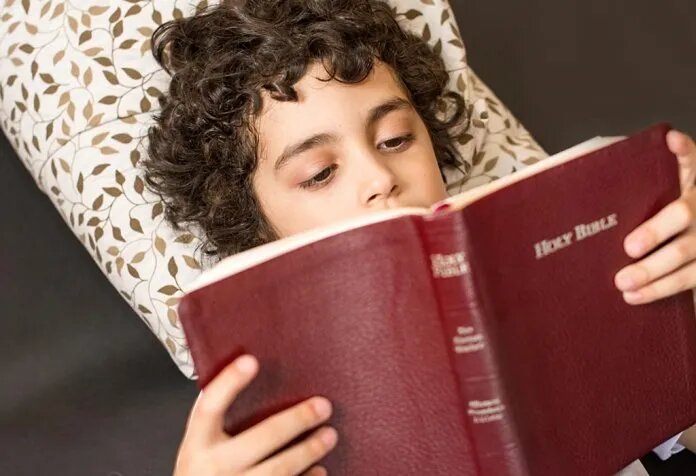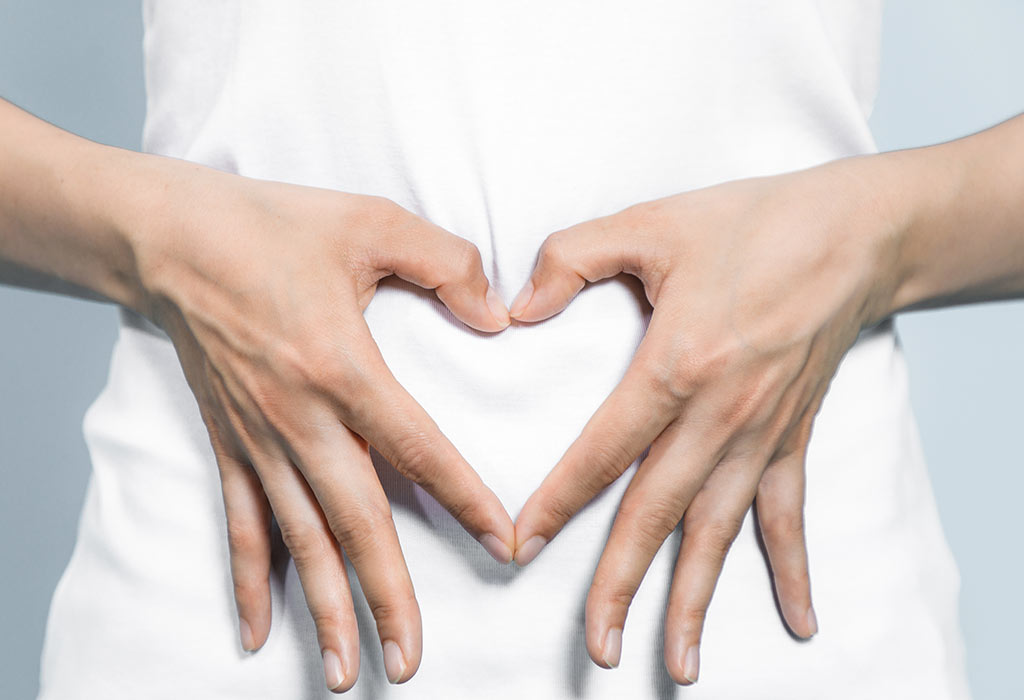When Do Kids Start Losing Teeth – Age, Chart & More
- What Age Do Kids Lose Teeth?
- How Many Teeth Do Kids Lose?
- Baby Teeth Chart: Order of Baby Teeth Emerges and Fall Out
- What Can You Expect?
- How to Get Your Kid’s Baby Teeth Out
- What to Do After Child’s Baby Teeth Fall Out
- Is Brushing Necessary If Baby Teeth Are Falling Out?
- When Should Brushing Be Started for Your Baby?
- When Should You Visit the Dentist?
- FAQs
A child’s pearly white smile can be a delight for parents, symbolizing growth and development. When your child’s baby teeth fall out, it makes room for permanent teeth, marking an important milestone in their life. However, as a parent, you may have many concerns regarding your child’s falling teeth, such as timing, pain, or proper care. One common question parents often ask is, “When do kids start losing teeth?” Typically, children begin losing their baby teeth around the age of 6, though this can vary slightly depending on the child. This process continues until the early teenage years, ensuring a healthy transition to adult teeth. It’s essential to maintain good oral hygiene during this phase to support the growth of strong, healthy, permanent teeth. Regular dental check-ups and a balanced diet can also play a crucial role in this natural process.
What Age Do Kids Lose Teeth?
Most children have wiggly teeth or begin to lose their teeth by the time they are five to seven years old (1). However, if you notice your four-year-old child with a loose tooth, there is nothing to worry about. Some children may lose their teeth earlier than others. Usually, by the time your child turns three, your child will have a set of twenty teeth, and these teeth begin to fall out in the similar order in which they come.
How Many Teeth Do Kids Lose?
Children typically lose all 20 of their primary teeth between the ages of six and 13, making way for their permanent teeth (2). The number of teeth that develop can vary based on individual growth patterns.
Baby Teeth Chart: Order of Baby Teeth Emerges and Fall Out
The chart below or the following losing baby teeth chart will help you know what baby teeth fall out first (3):
Ages When Baby Teeth Come In and Fall Out
| Upper Jaw | Tooth emerges | Tooth falls |
| Central incisor | 8-12 months | 6-7 years |
| Lateral incisor | 9-13 months | 7-8 years |
| Canine | 16-22 months | 10-12 years |
| First Molar | 13-19 months | 9-11 years |
| Second Molar | 25-33 months | 10-12 years |
| Lower Jaw | Tooth emerges | Tooth falls |
| First Molar | 14-18 months | 9-11 years |
| Second Molar | 23-31 months | 10-12 years |
| Canine | 17-23 months | 9-12 years |
| Lateral incisor | 10-16 months | 7-8 years |
| Central incisor | 6-101 months | 6-7 years |
* The above chart gives a general idea of what age do you lose all your baby teeth. The mentioned age limit might be an approximation and actual results may vary.
What Can You Expect?
The primary or baby teeth begin to loosen up as soon as the permanent or adult teeth move up in the jawline. The baby teeth roots are the pathways for the adult teeth. If the first tooth has not fallen by the age seven, it is advised to get in touch with the dentist and get an x-ray done. Sometimes extra growth or teeth hampers the permanent teeth to make their way.
How to Get Your Kid’s Baby Teeth Out
In most cases, the teeth come without much of pain or discomfort. It is advised not to fiddle around with the wiggly tooth as it may cause harm to the gums and cause injuries too. The natural way is certainly the best way. If you notice a yanking tooth, encourage your child to brush more often than usual (two to three times a day). Brushing is a great way of handling a yanking tooth. You may also encourage your child to work the tongue around the shaky tooth and kids love to do it (4). If you notice that the tooth just hanging lose and your kid is unable to pull it out, you may take a soft cloth and gently pull it out.
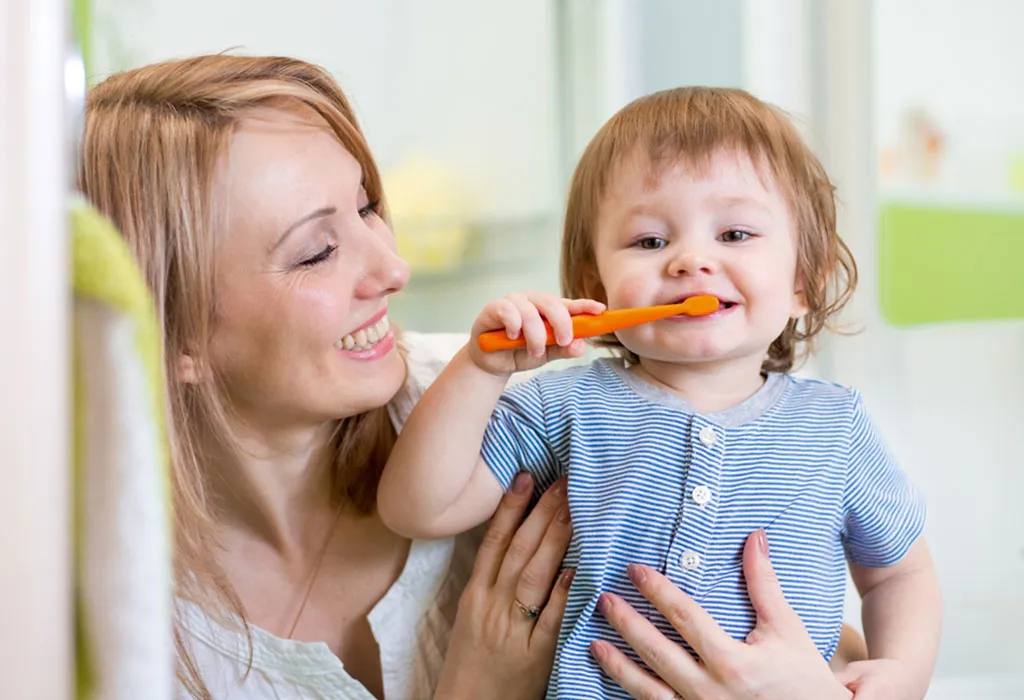
What to Do After Child’s Baby Teeth Fall Out
Here’s what you can do after your child loses their baby teeth:
- Teach your child to brush their teeth twice a day with fluoride toothpaste and to floss regularly. This helps prevent cavities and keeps their gums healthy as permanent teeth emerge.
- Keep an eye on how the new teeth are coming in. If you notice any crowding, misalignment, or delays in eruption, consult an orthodontist for advice.
- Ensure your child eats a nutritious diet rich in calcium, vitamins, and minerals to support strong and healthy tooth development. Limit sugary snacks and drinks to prevent tooth decay (5).
- Visit the dentist every six months to monitor your child’s dental health, address any concerns, and ensure their permanent teeth are growing in correctly.
Is Brushing Necessary If Baby Teeth Are Falling Out?
Maintaining good oral hygiene is of utmost importance and brushing is extremely necessary for a child at every stage. Following are some of the reasons that your child needs good brushing habits when the teeth are falling:
- For healthy permanent teeth as they grow just beneath the baby teeth.
- Baby teeth are required for chewing and proper chewing means better absorption of nutrients.
- Improper oral hygiene may lead to dental cavities, even in babies.
When Should Brushing Be Started for Your Baby?
You may start brushing your baby’s teeth as soon as they appear, though you should refrain from using toothpaste for babies (6). A small finger brush is ideal to remove any food particles from the baby’s teeth. However, the proper brushing should start at around two years, when the baby learns to spit out properly.
When Should You Visit the Dentist?
You may take your baby to the dentist anytime after your baby’s first birthday. However, if you feel you need to visit earlier than that, you may do so (7). If you notice any usual dental problem, such as the baby teeth falling out early or teeth not coming back on time, get in touch with your baby’s dentist.
FAQs
1. Can kids start losing teeth before the age of 4?
While most children begin losing teeth around age 6, some may experience early tooth loss due to factors like trauma, tooth decay, or genetic predisposition. If your child loses a tooth before age 4, it’s a good idea to consult a dentist to ensure there are no underlying issues.
2. Can a child lose teeth in a different order than expected?
Yes, the order in which children lose teeth can vary. While the lower front teeth are usually the first to go, some kids may lose teeth in a different sequence. This is typically not a cause for concern unless accompanied by other dental problems.
It is recommended that you maintain good oral hygiene for your child so that your child can flaunt a beautiful smile. Though most dental concerns can be handled with proper care and hygiene, medical help should be sought in case of any dental problems.
References/Resources:
1. American Academy of Pediatrics -When Children Begin to Lose their Baby Teeth
2. Children’s Wisconsin Hospital – Anatomy and development of the mouth and teeth
3. American Dental Association – Eruption Charts
4. Cleveland Clinic – Bracing for the Fallout: When Do Kids Lose Their Teeth?
5. University of Rochester Medical Center Rochester – The Best and Worst Foods for Your Teeth
6. Better Health Channel – Toothbrushing – children 0-6 years
7. Mayo Clinic Health System – Keeping children’s teeth healthy
Also read:
Bad Breath in Kids
Broken Teeth in Kids
Dental Care for Children
Tooth Decay in Children
How to Teach Toddler to Brush Teeth
Common Children’s Teeth Problems & Solutions
Was This Article Helpful?
Parenting is a huge responsibility, for you as a caregiver, but also for us as a parenting content platform. We understand that and take our responsibility of creating credible content seriously. FirstCry Parenting articles are written and published only after extensive research using factually sound references to deliver quality content that is accurate, validated by experts, and completely reliable. To understand how we go about creating content that is credible, read our editorial policy here.






